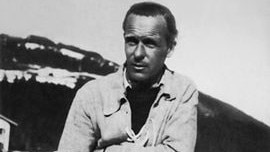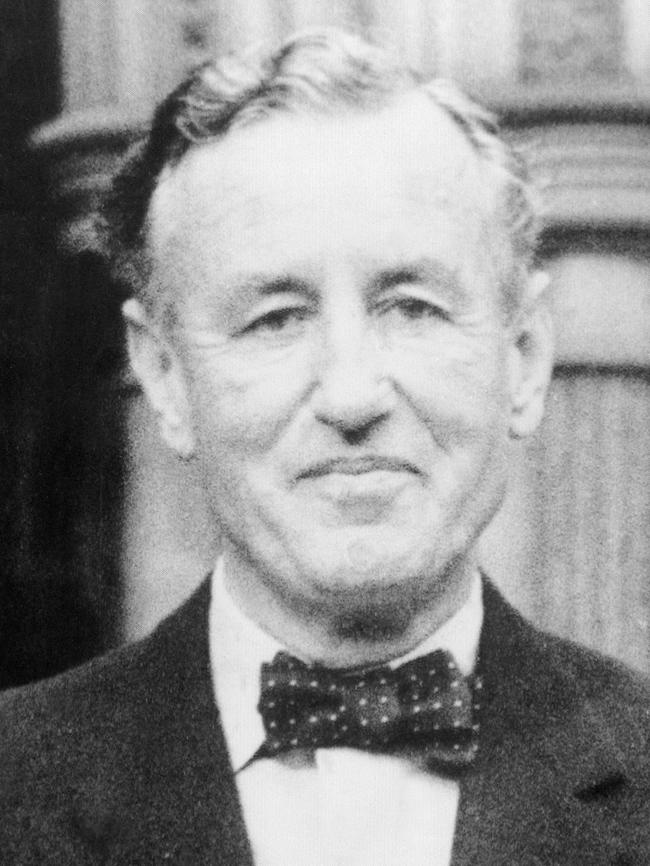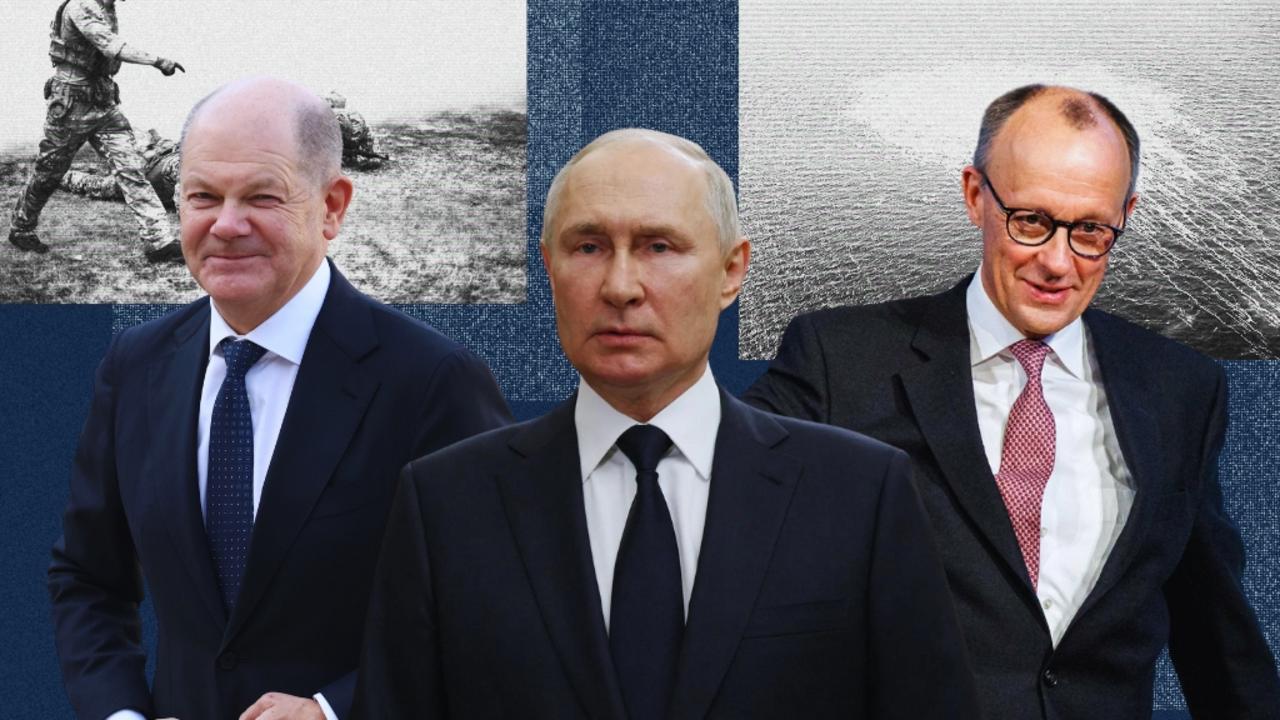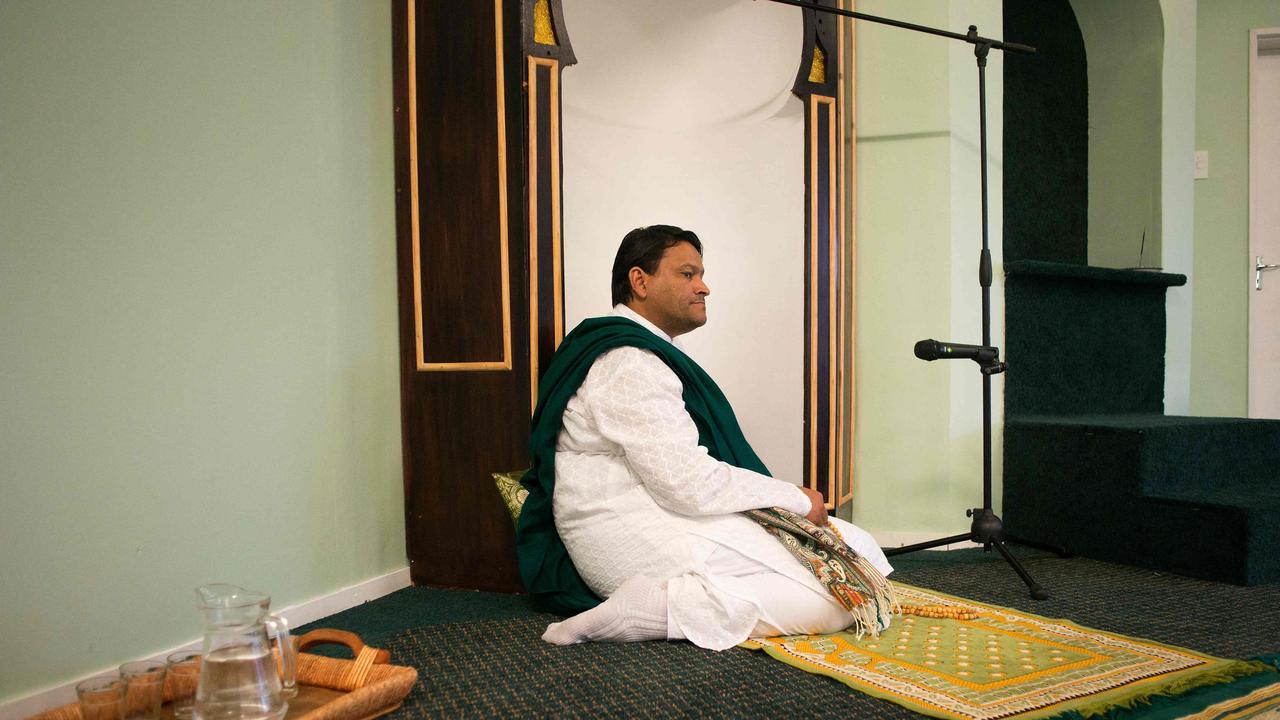James Bond’s cover exposed: the real 007 was ...
Ian Fleming’s main inspiration for James Bond was a suave playboy spy who was hunted by the Gestapo.

Many mysteries surround James Bond. How did 007 acquire his name? What, as The Times reported last month, was a James Albert Bond doing in the British embassy in Poland in 1964? And above all who, in reality, was the basis for the world’s most famous fictional character?
James Bond was probably inspired by more than one person. Ian Fleming worked in British naval intelligence during the war, and he liked to hint that his creation was partly autobiographical. But he also conceded: “I couldn’t possibly be James Bond. He’s got more guts than I have.” Much to his frustration, Fleming spent most of the war behind a desk in the Admiralty.
But he certainly drew inspiration directly from life, and his characters were almost all modelled on the people he knew. “M” was inspired by Admiral John Godfrey, his irascible wartime boss; Auric Goldfinger was a dig at the architect Erno Goldfinger, whose modernist buildings Fleming loathed; Francisco Scaramanga, the triple-nippled villain in The Man with the Golden Gun, was named after an Eton contemporary, George Scaramanga.
Fleming muddied the waters, insisting that Bond was “a compound of all the secret agents and commando-types I met during the war”. No fewer than 15 people have been identified, with varying degrees of credibility, as Fleming’s inspiration. Barely a year passes without another book claiming that its subject is “the real Bond”.

One of the strongest contenders is Patrick Dalzel-Job, a commando who helped to save 5000 Norwegians from Nazi retaliation. Another is Wilfred “Biffy” Dunderdale, the suave MI6 head of station in Paris, who drove an armour-plated Rolls-Royce and favoured handmade suits and Cartier cufflinks. Other possibilities include the MI6 agent Robert Bruce Lockhart, who plotted Lenin’s assassination, the SOE agent Forest Yeo-Thomas codenamed “White Rabbit”, and even Peter Fleming, the author’s brother, an experienced intelligence officer.
But there is only one person of Fleming’s acquaintance who fully fits the Bond mould, and his name is virtually unknown to history: Conrad Fulke Thomond O’Brien-ffrench, champion skier, bon viveur and spy. Fleming met him in the Austrian ski resort of Kitzbuhel in the 1930s; two decades later, I believe, the writer turned him into the hero of Casino Royale.
Like the fictional Bond, O’Brien-ffrench was educated at an English public school, orphaned young, immaculately dressed, multilingual, an excellent shot with a taste for fast cars, and almost insanely brave. According to his (premature) obituary in The Times, James Bond was expelled from Eton after an incident with one of the maids. O’Brien-ffrench ran away from school at 17 to join the Royal Canadian Mounted Police in the wilds of Saskatchewan.
The fictional 007 fought at Arnhem; O’Brien-ffrench fought at Mons in World War I, where he was severely wounded and captured. After repeated escape attempts, he was transferred to the escape-proof camp at Augustabad. From there, he began to exchange letters with a friend, Cathleen Mann, secretary to Stewart Menzies, a counter-intelligence officer who would go on to head MI6 — the letters contained information, written in secret ink, about German troop movements and military technology, gleaned from other PoWs.
On his release in 1918, he was recruited into the newly formed MI6 under Mansfield Smith-Cumming, the original “C”. Two years later he escorted the Russian diplomat Leonid Krasin to London for secret talks with David Lloyd George, the first ever face-to-face meeting between the British government and the new Soviet leadership. By the 1930s he was living in Kitzbuhel, posing as the proprietor of Tyrolese Tours, a package holiday company. In reality, he was Agent Z3, part of MI6’s Z Organisation, running agents in Austria and Germany.
The Z Organisation was the brainchild of Claude Dansey, a senior intelligence officer described by the historian Hugh Trevor-Roper as “an utter shit, corrupt, incompetent, but with a certain low cunning”. The Z Agents, like the 00 Agents of Fleming’s imagination, were a subset of MI6, elite and deniable, with a licence to do whatever was necessary.
On holiday in Austria, Fleming was befriended by O’Brien-ffrench, and introduced to the glamorous social whirl of Kitzbuhel. “To all outer appearances, I was a playboy,” O’Brien-ffrench wrote. Fleming “came for the lavish parties we threw and more particularly for the beautiful women that always attended”. He described Fleming as “spoilt, more cynical than funny, strong-willed and ambitious, and a first-class athlete”.
Fleming was deeply impressed by O’Brien-ffrench’s effortless style, athletic prowess and secret life, a man who could ski backwards, knew how to mix a martini and shoot, while secretly spying for Britain, reporting on German military preparations for war. In March 1938, O’Brien-ffrench received a warning from one of his agents that German troops were advancing on the Austrian border. He alerted London by telephone (knowing this would blow his cover), warned a number of Austrian Jews to get out before the Nazis arrived, and escaped through Switzerland with the SS in pursuit.
In 1940, the Gestapo drew up the Sonderfahndungsliste GB, a list of 2300 Britons to be rounded up after the successful invasion of Britain: O’Brien-ffrench was on it, identified as “Brit. Agent, Kapitan”.
The model for James Bond retired to Colorado and lived out his days writing, breeding horses and painting. He never read a Bond novel. “After all, I’ve done it — the real thing,” he said. But he certainly only lived twice, once as a secret spy and once as a famous one. If Fleming had stuck closer to reality, one of film’s great one-liners might have been very different: “The name’s O’Brien-ffrench, Conrad Fulke Thomond O’Brien-ffrench.”


